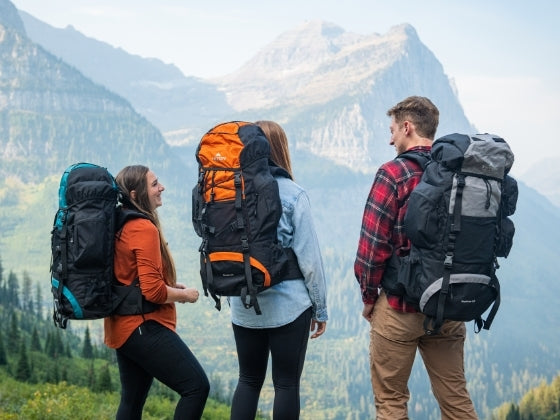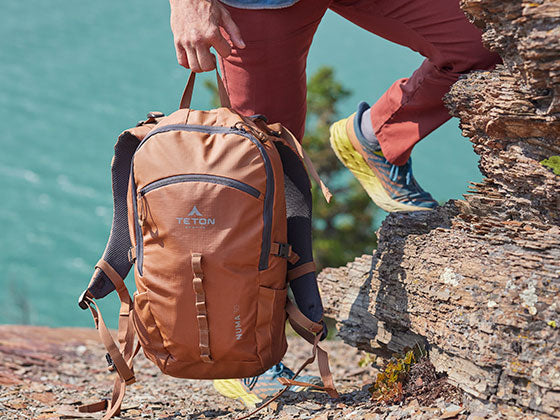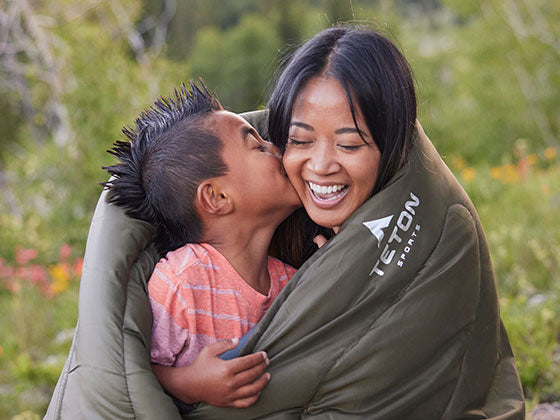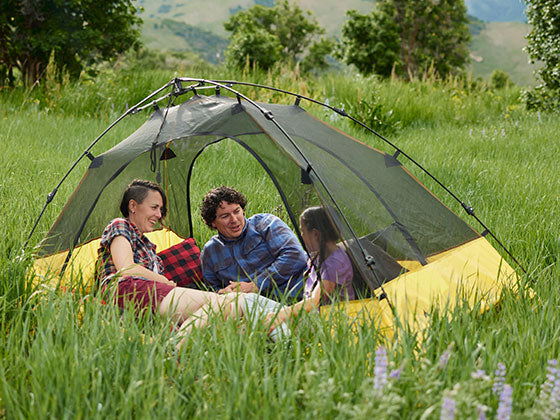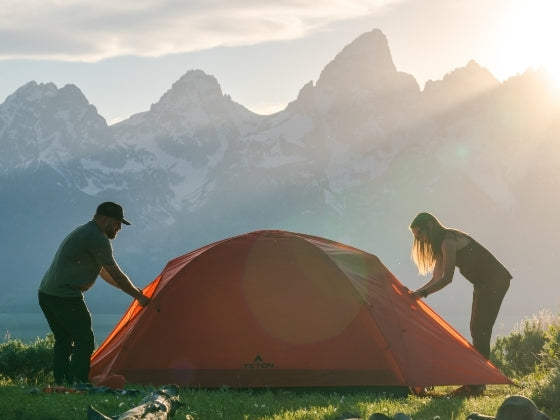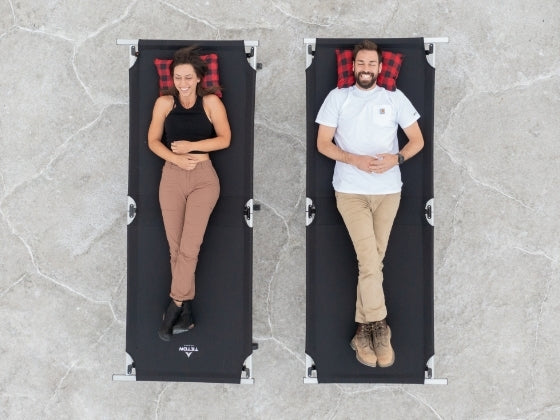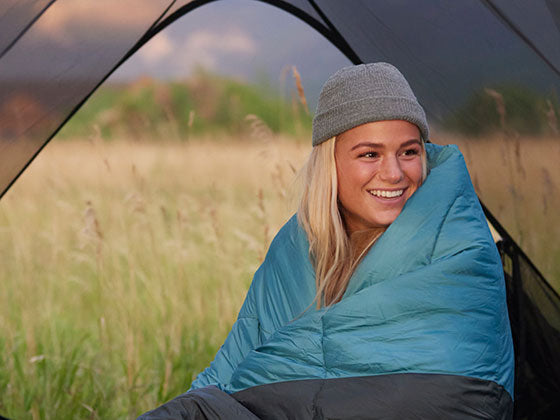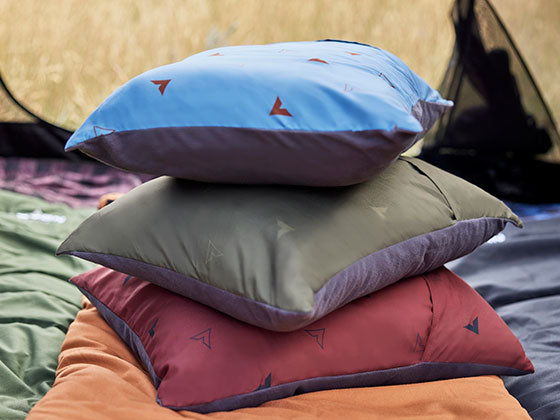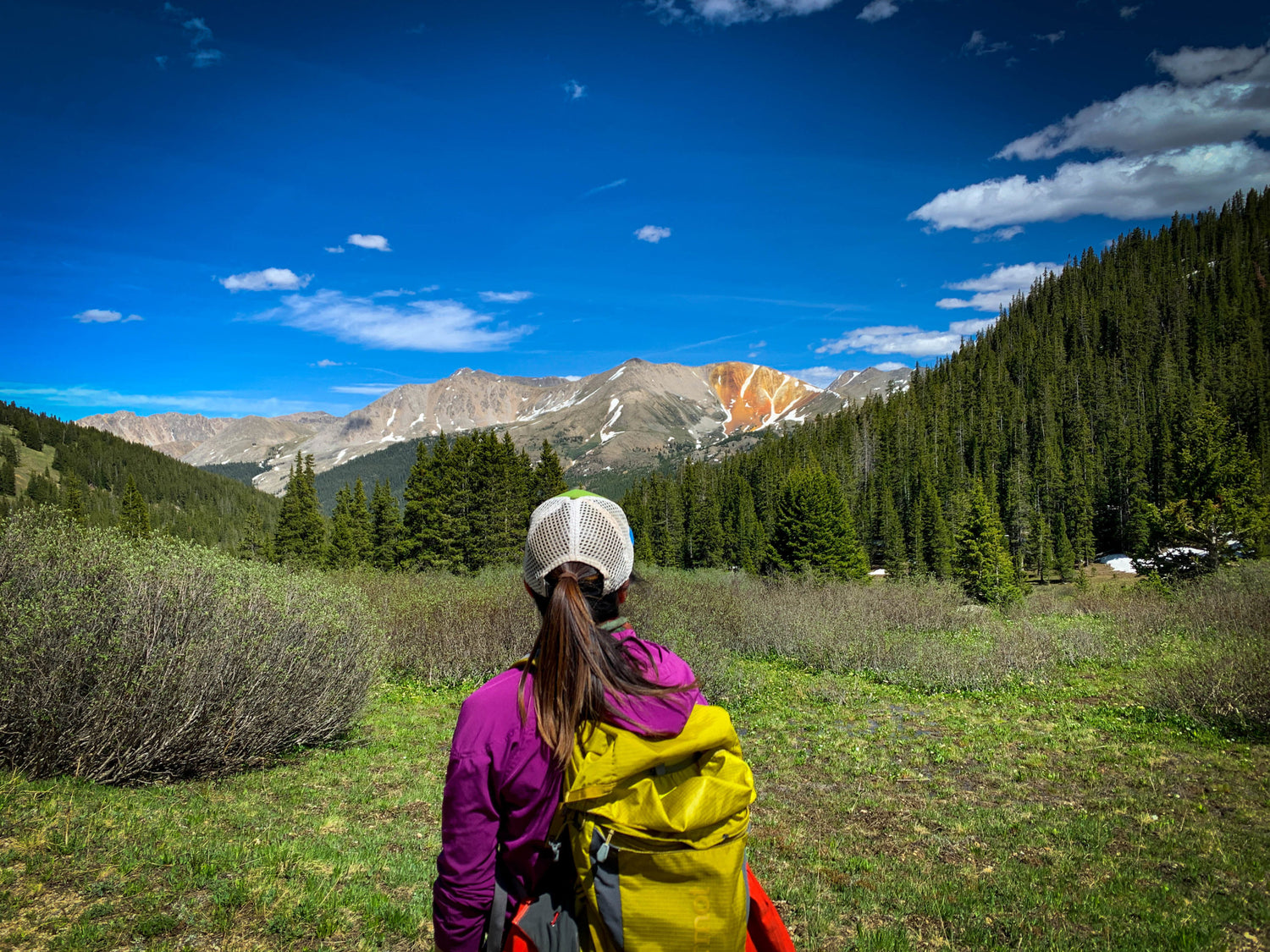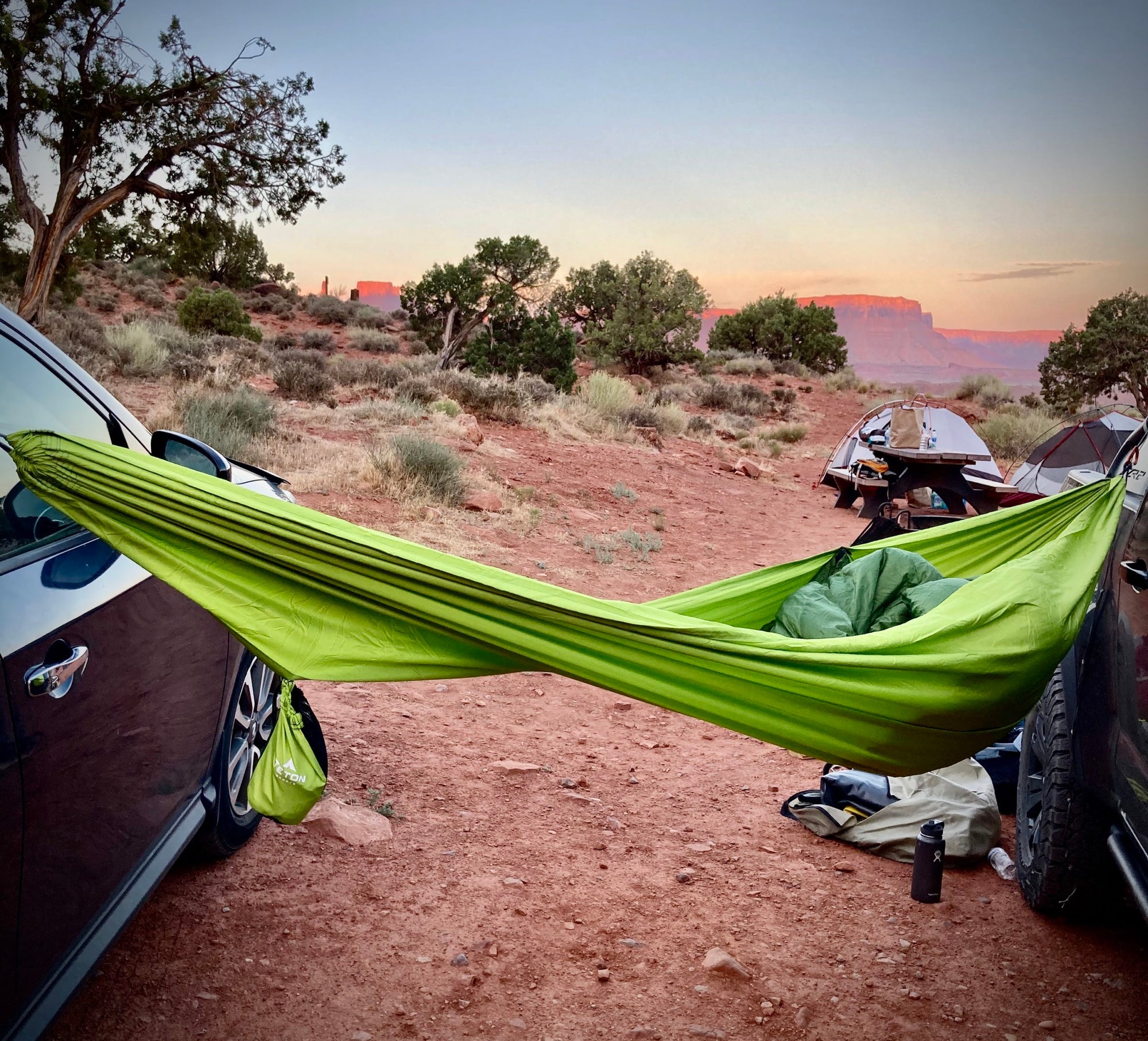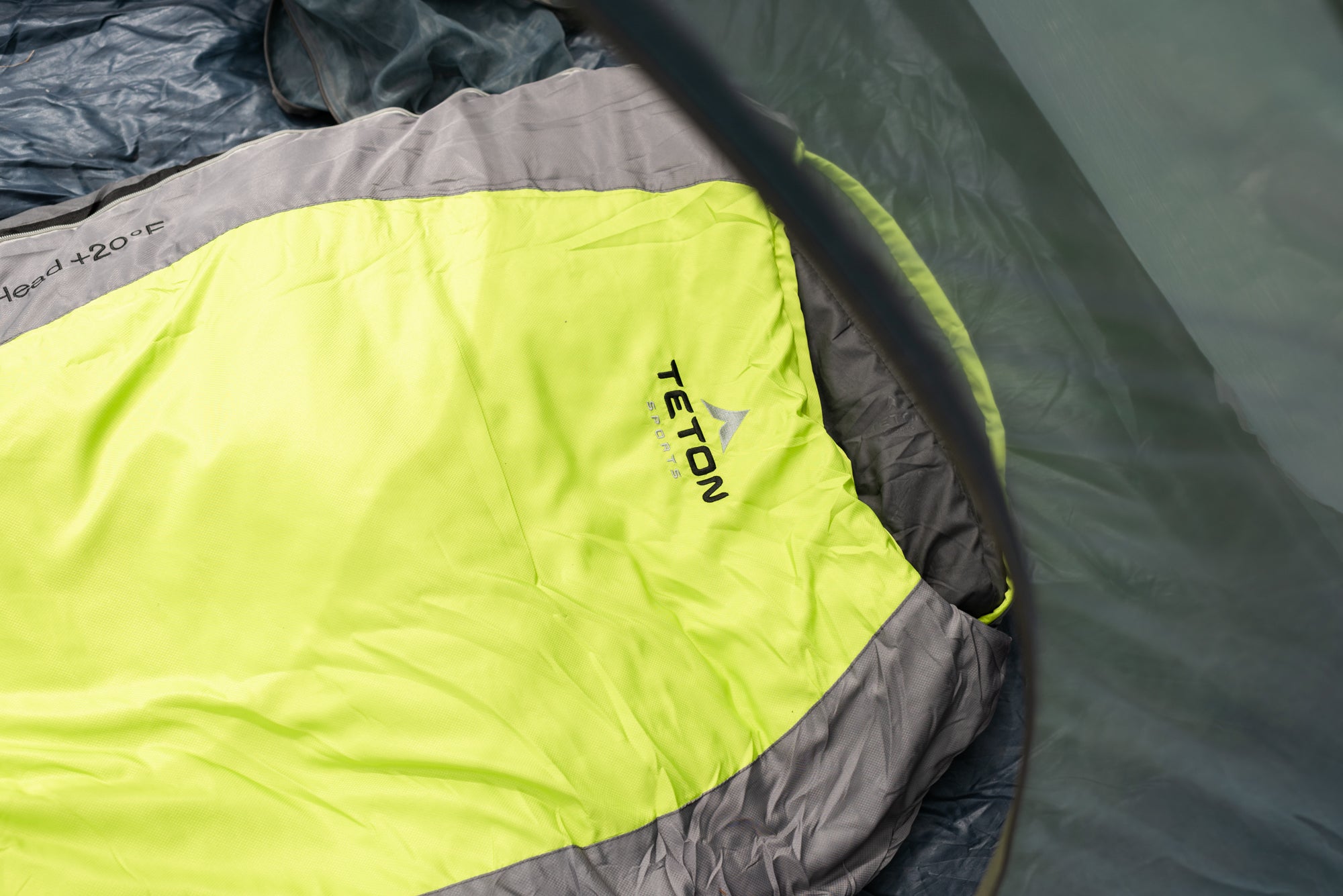By: Meg Atteberry
In a time where the world is uncertain, it can be hard to justify breaking into a new sport. However, hiking is one of the most budget-friendly activities there is. With a little know-how, you can enjoy a stunning hike and keep nature beautiful in the process. In this guide to how to hike on a budget, we will dive into what you need to know to embark on a budget-friendly hike and keep Mother Nature looking her best.
Is Hiking a Budget-Friendly Activity?
Yes. Absolutely! Don’t let the fancy ads for new, expensive gear fool you, hiking is a budget-friendly activity. Of course, you want to stay safe, but you don’t need to break the bank to hike. The key to a successful budget-friendly hike is to find a trail that’s close to home, pack the essentials, brush up on how to keep trails clean and tidy, then hike! It’s an easy way to get outdoors and enjoy a leisurely activity without spending hundreds of dollars.
What Gear Do You Need to Hike on a Budget?
There are really only a few essentials you need to take on your hike. Hiking on a budget means using what you have on hand, instead of buying expensive gear. Start by hiking on shorter, more local trails if you don’t have some of the necessary 10 Essentials. Sticking to well-trafficked, shorter trails ensures that if something goes wrong, you won’t need fancy gear to keep you safe.
Here’s a look at what gear you need to go on a budget-friendly hike:
- A backpack or bag. It doesn’t need to be hiking specific, but it should be able to carry the rest of the items on this list.
- A phone with a GPS. You can download free apps to track your progress. Just look for a free GPS app (or even use Google Maps) so you can navigate. Google Maps has a lot of highly-trafficked hiking trails already loaded, just download offline maps before you head out.
- Sun protection. Sunscreen, a hat, and sunglasses that you already own are great companions for budget-friendly hiking.
- Water. You don’t need a fancy hydration bladder, any vessel that can carry a sufficient amount of water (think around 1.5 to 2L for most hikes) works just fine.
- A lighter. Just in case you need it.
- Light. If you have a headlamp or flashlight, great! If not, you can use your phone. Duct tape it to your hat in a pinch (not fashionable, but free!).
- Snacks. Bring whatever you want! There is no wrong hiking snack. Think about things that are tasty, maybe salty (replenish electrolytes), and that spark joy for you.
- Sturdy walking shoes. Hiking with bad footwear is no fun. Put on your favorite pair of walking shoes (and socks) to set off on your budget-friendly hike. Hiking boots and shoes are great, but if you don’t have them, you can still put one foot in front of the other.
- A light jacket or rain jacket. Always check the weather before you head out, but be prepared with an extra layer in case the weather isn’t sunny and nice or in case your hike takes longer than expected. You don’t need something too terribly fancy, but synthetic material over cotton will work best.
- A first aid kit. Use what you have by packing up some band-aids, over-the-counter pain killers, anti-acid tabs, gauze or sterile wipes (baby wipes can work in a pinch), and tweezers. Duct tape (put a few wraps around your water bottle), a small pocket knife and needle with thread are also helpful.
- A bathroom kit. Toilet paper, hand sanitizer, a small shovel, and a small baggy for toilet paper/feminine hygiene products. If you don’t have a small plastic shovel you can use a rock or a sturdy stick to dig a hole if you need it. Put some baking soda in the trash baggie to deal with the smell.
- A small trash baggy (like a grocery bag or zippered plastic bag). Always pack out all of your trash (including toilet paper, dog poop, wrappers, and fruit peels). This keeps trails beautiful for the next visitor and wildlife safe.
- Some type of emergency shelter. This might not be necessary for a busy couple mile jaunt, but it’s always a good idea to carry something like a space blanket. These are generally cheap, but if you don’t have one you can use a shawl or a lightweight fleece blanket just in case.
Practicing Leave No Trace on a Budget
Whenever you go hiking it’s always important to practice Leave No Trace. These principals ensure that your favorite hiking haunts stay clean for the next visitor.
The basics of Leave No Trace call for you to pack out your trash, stay on marked trails, and use the bathroom outside appropriately. These core principals are super easy to follow without any fancy gear.
Simply stay on marked trails and avoid any closed areas. This helps keep the natural surroundings of a hike from getting trampled by fellow hikers. Sure, you may have to avoid taking a social trail “short cut” up some switchbacks, but it’s a small price to pay to keep the trail from eroding or trampling native plants.
For toilet breaks, try to use bathrooms that are provided. If not, step 70 adult steps away from the trail or any water source (it’s okay to go off of marked trails for this part). Next, dig a hole 6 inches deep. Do your business, put your used toilet paper in a plastic zip baggy, and use some hand sanitizer. Now you’re on your way!
Never leave trash on the trail. And if you see some, pick it up! This includes dog poop. If your dog goes potty, pick it up, and clip it to your bag. This shouldn’t be difficult, you would do this in your neighborhood, so why not do it on the trail too. Never leave dog poop on the trail, even if you intend on picking it up on the way back. No one wants to see that.
Getting to the Trailhead When You’re Short on Cash
If you’re seriously strapped for cash, even getting to the trailhead is a burden. Search for trails in your area that have access to public transportation. If you can’t find anything, enlist a friend to go with you.
Carpool to the trailhead to save some money on gas. Offer to bring snacks or share a beer with a friend as payment for driving. Stick to trails that are close to home to use less gas. Or combine a hiking trail that’s further away with other activities so you aren’t constantly driving back and forth.
Overall, hiking on a budget is an excellent way to get exercise, travel, and enjoy beautiful nature along the way. You don’t need to have all the fancy bells and whistles to hike, but just a few handy items and a sense of adventure.
About the Author:
Meg Atteberry-
Meg ditched the 9-5 world as an architect in pursuit of adventure. Now a freelance writer for the outdoor industry, she’s made it her life’s work to inspire others to say “yes” to adventure. From the remote wilderness areas of Colorado, to exploring a foreign country, Meg specializes in off-beat destinations for the intrepid soul. You can find her in the backcountry searching for the perfect camp spot in her home of Colorado.

